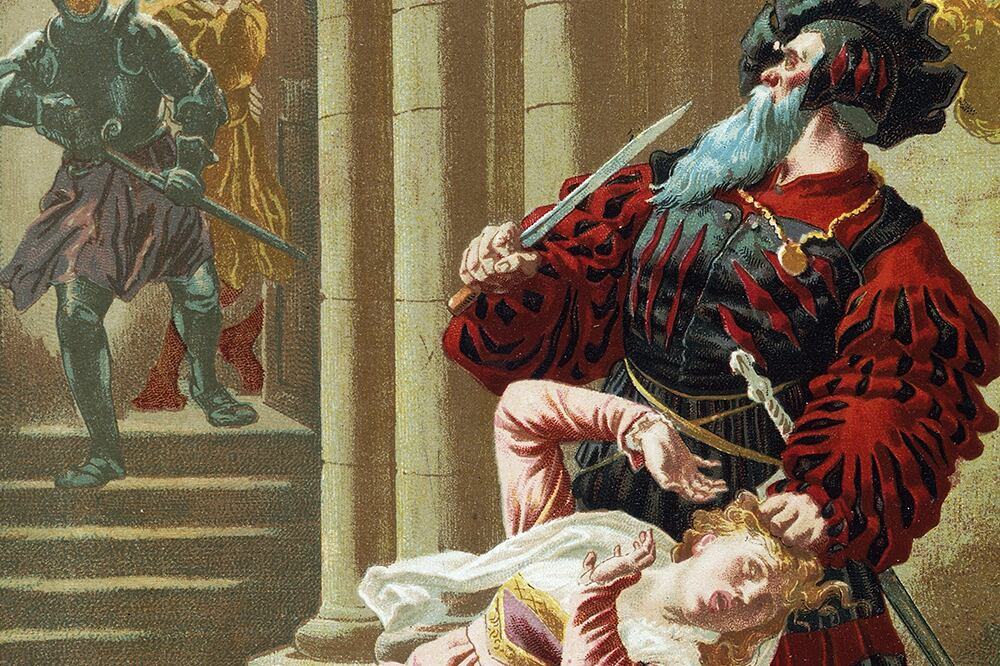Julia Armfield’s atmospheric second novel, Private Rites, is set in the aftermath of a second Deluge. Great swathes of land are submerged, the social infrastructure is collapsing and people are turning to arcane rituals.
Out of this chaos one architect, Stephen Carmichael, has risen to prominence with his buildings designed to blot out the outside world and create havens for the few who can afford them. The story follows the unravelling lives of his three daughters, Isla, Irene and Agnes, as they respond to his death and their unequal inheritance: “King Lear and his dyke daughters”, one of them quips.
Even as the rain keeps falling and the water levels rise, as news trickles down of mass suicides, famine and displaced populations, the characters still have to tap on and off to board the boats that have replaced public transport, and Agnes still goes to work every day as a barista, drawing patterns in lattes.
What makes Armfield’s apocalypse resonant (and relatable) is its banality. Her novelist’s eye is trained not on the social but on the psychological. The book’s most compelling insights are private: “The problem with love, of course, is that it frequently asks too much of unlovable people.”
READ MORE
Armfield skilfully captures the airless atmosphere between the sisters as well as their individual neuroses. The world is ending but what really bothers the sisters is that they can’t seem to get along. Private Rites explores this innately human instinct for self-involvement in all its nuance as a symptom of privilege, as a dangerous obstacle to empathy and as a bizarre harbinger of hope. “I think we all have to live our own lives,” one character reflects. “We can’t constantly be comparing things that happen to us to worse things all over the place.”
Armfield’s method is bold. Shakespearean tragedy, Christian parable and folklore are woven together into a modern myth about queer love and climate change. Structurally, it is reminiscent of Virginia Woolf’s The Waves, with its polyvocal narrative and painterly sketches of eerie seascapes. Tonally, the novel slides around, taking unexpected turns into horror: “This is the wrong genre,” Agnes thinks at one stage. Even if the considerable risks don’t always pay off, it’s impossible not to admire the ambition and daring of Julia Armfield’s hypnotic and deeply weird book.















